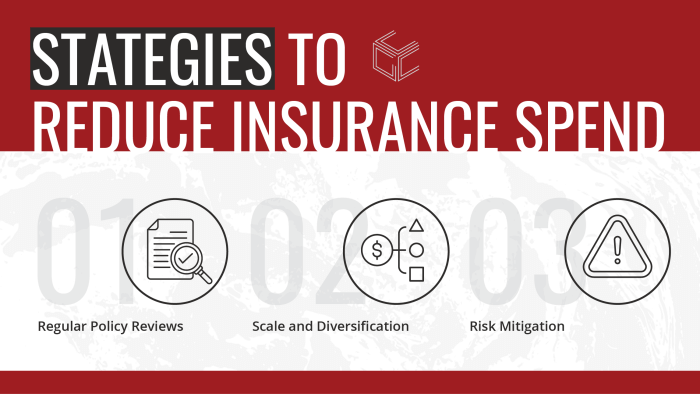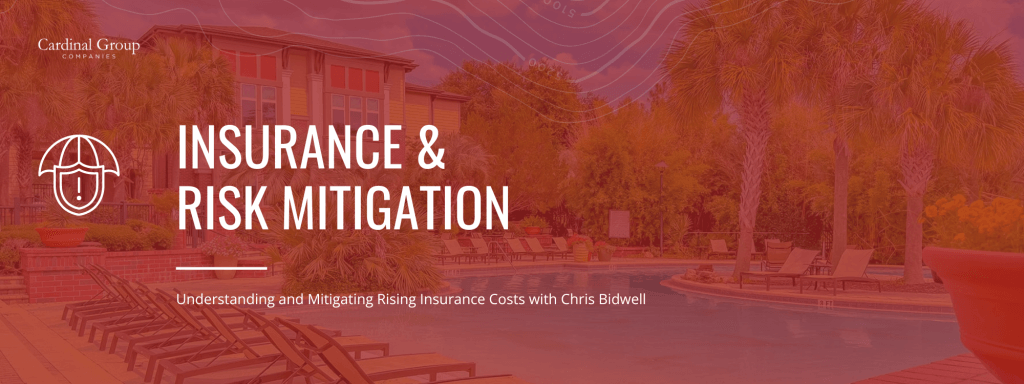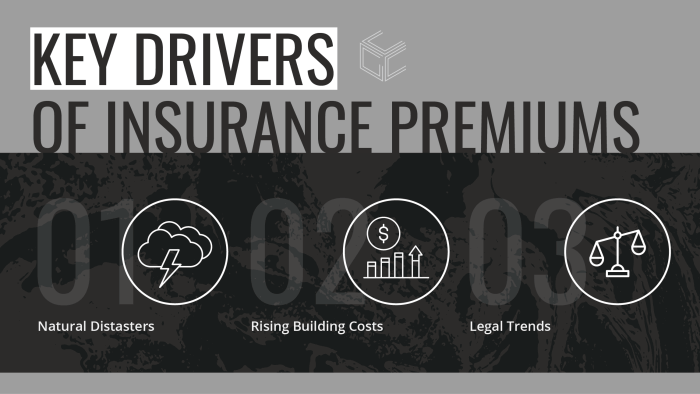Understanding and Mitigating Rising Insurance Costs
Author: Chris Bidwell, Director, Risk Management
Rising insurance costs have been a growing challenge for real estate owners and managers, impacting every phase of the real estate lifecycle—from new developments and acquisitions to ongoing operations. While this upward trend has been consistent, there are strategies that can help manage and mitigate costs.
Before developing a plan, it’s crucial to understand the key factors that drive insurance premiums. Some factors affect the broader market, while others are more specific to certain locations, portfolios, or insurance programs. Knowing which of these factors impacts your position and to what degree is essential to crafting an effective strategy.

Key Drivers of Insurance Premiums
Natural Disasters: The frequency and severity of floods, wildfires, hurricanes, and convective storms have surged in recent years. As a result, insurance carriers have revised their risk models, leading to stricter underwriting standards and higher premiums in disaster-prone areas.
Rising Building Costs: Inflation has significantly affected property insurance, particularly through increased construction and rebuilding costs. Both material and labor expenses have risen, which drives up the cost to repair or replace damaged properties. In turn, insurers have scrutinized replacement cost values, which comprise most of their rating basis, contributing to higher premiums.
Legal Trends: Escalating legal actions and larger settlement amounts press general and excess liability insurers. Higher settlements and subsequent claim payouts have caused premiums to rise for all buyers. In some cases, insurers are reluctant to write coverage in regions prone to “nuclear verdicts,” where courts award high settlements.
Strategies to Reduce Insurance Spend
Regular Policy Reviews: Conduct annual reviews of insurance policies to evaluate rates and ensure appropriate coverage. Consider multiple program structures and evaluate terms and conditions to avoid over-insuring and over-paying. Higher deductibles can reduce premiums, but this comes with the risk of higher out-of-pocket costs in the event of a claim.
Scale and Diversification: Spread investments across various locations to mitigate regional risks. Consolidating risk and leveraging multiple options may lead to discounted premiums.
Risk Mitigation: Implement safety measures such as improved security, fire suppression systems, and upgraded building materials. A well-designed loss prevention program and regular training can further reduce risks and positively impact insurance evaluations.
Leveraging Your Resources
Insurance is a complex but crucial aspect of real estate ownership and management. It is critical that you align yourself with the right partners to achieve the outcomes you want. Cardinal Group’s Risk Management team can assist in evaluating your current insurance coverage and identifying strategies to meet your goals. Cardinal Group’s master insurance program offers a competitive pricing solution, and we can relieve you of the burden of policy and claims administration. We value your partnership and look forward to supporting your insurance needs.



